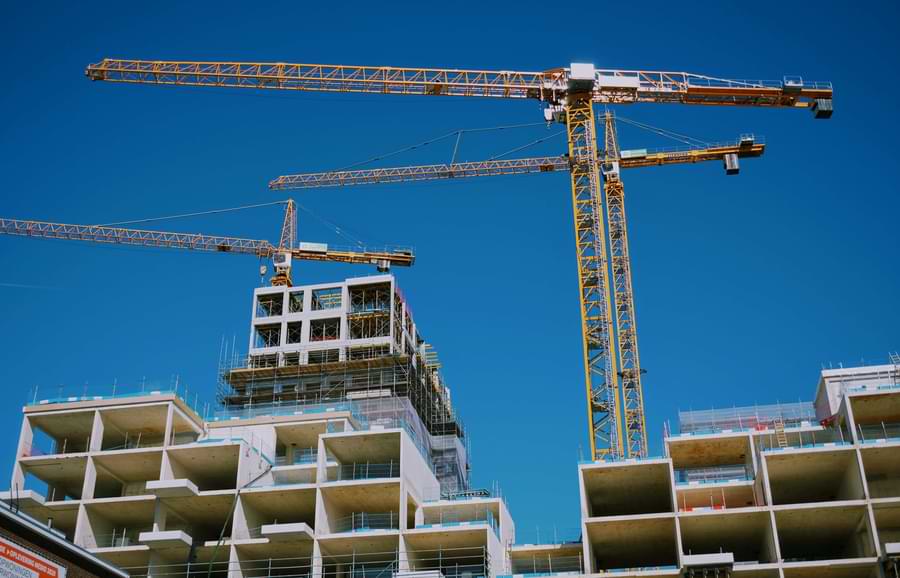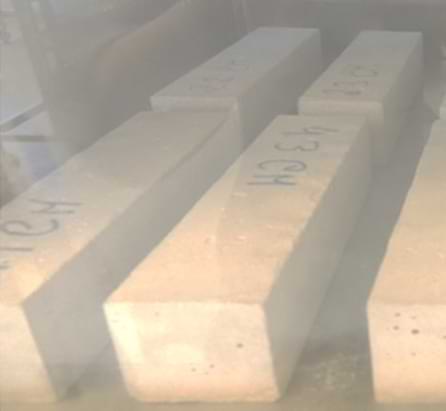EK reactor is able to tune treated wastewater, to use for further materials such as concrete, avoiding contaminated concrete and decreasing the need of use polluted water and/or tap water.
The EK reactor is aligned with the most recent trends of the European Economic Area and the United Nations Environment Programme, that call for action to increase water-use efficiency in all sectors.
Indeed, every continent is now affected by freshwater scarcity, being classified as the highest global risk regarding potential effects for the next decade by the World Economic Forum (2015). Climate change, rapidly growing populations and increased urbanization are the main reasons responsible for this trend. Today, an estimated 3.6 billion people - nearly half the global population – already live in areas that are potentially water scarce at least one month per year. According to the United Nations, this number could increase to 4.8 to 5.7 billion by 2050, as two out of every three people are likely to be living in cities or other urban centres. In this context, it is important to mention that the vast majority of valuable fresh water is used for non-drinking purposes all around the world. Water use for the concrete industry represents 9% of all industry withdrawals and 1.7% of all global water consumption. The two most consumed materials in the world are concrete, after water. In a concrete mix, the water-cement ratio is around 0.45 to 0.60. In other words, more than 17 Billion m3 of freshwater are used in the production of concrete per year.
Today, freshwater is the only type of water that fulfils the industry standards, for quality and safety reasons. In fact, if polluted water were used, the quality of the concrete would be significantly lower, leading to a structural failure that would represent 5% to 9.4% of the total costs in concrete production. However, based on the aforementioned reasons, tap water supply is highly limited in dry regions such as Middle East and Africa. For this reason, construction companies often have no other option than to rely on water that is at least partially polluted.


